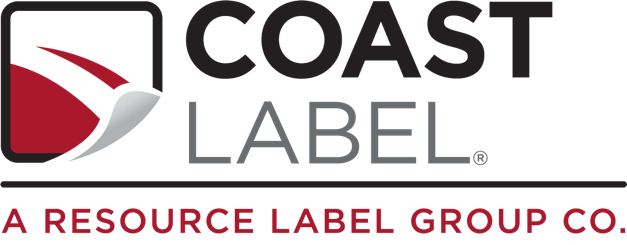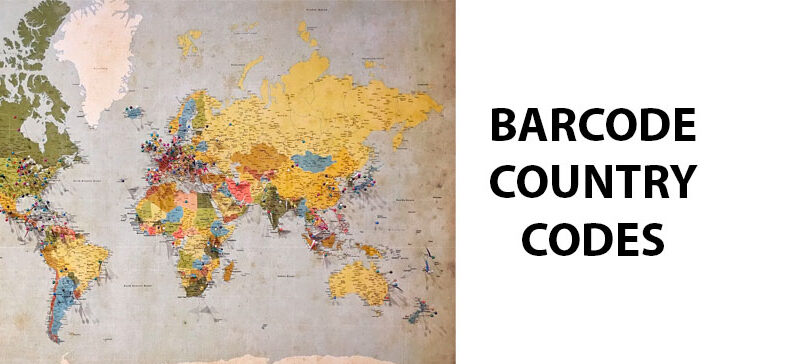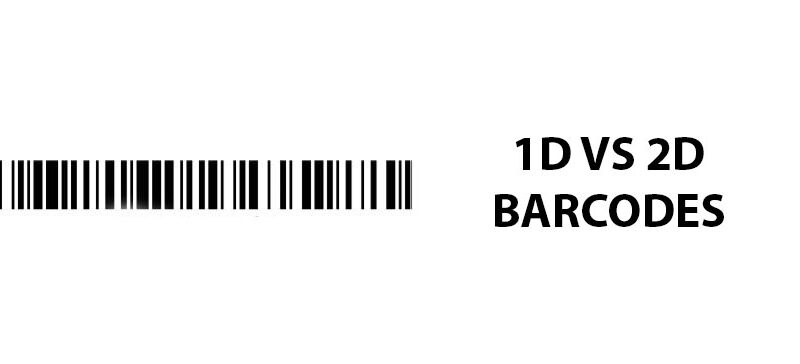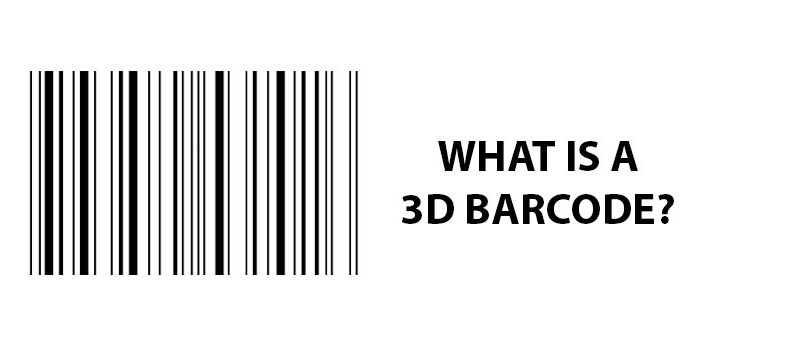In 2008, some misinformation spread online about the purpose of barcode country codes. A false tip claimed that you could tell the country of origin of a product by its barcode country code. However, the truth is more complicated than that.
Read on to learn more about barcode country codes and when you might need to use them.
What Are Barcode Country Codes?
A barcode country code is the first few digits of a barcode (typically in EAN-13 or UPC) that indicates the country or region where the barcode was registered. These codes are used as part of a barcode number created to uniquely identify products.
Although the country codes show where the barcode was created, they do not show where the product was made. For example, a company in India might have an Indian barcode country code, even if their products are made in Kazakhstan.
Are They Necessary?
Barcode country codes are not strictly necessary for selling products if selling on a small scale. However, if you’re selling products globally, you’ll likely need one. If your business is based in the United States, you’ll need UPC codes to sell your products in retail stores. GS1 is a non-profit organization that manages UPC codes. When you become a member, they will assign a company prefix that includes a US barcode country code.
When do they need to be used?
- If you want to sell products in major retail stores or on e-commerce platforms like Amazon or Walmart.
- If you need a GS1-registered barcode (like UPC).
- If your business operates across multiple countries and requires standardization.
Barcode country codes are used to indicate the country where the barcode is generated. This allows for unique barcodes to be created worldwide without numbers overlapping.
What They Do
Barcode country codes serve a few key purposes, including:
- They identify the country where the barcode was registered. The first few digits of an EAN-13 barcode, for example, indicate where the barcode was issued.
- They make sure barcodes are unique. GS1 assigns unique prefixes to each country to avoid barcode duplication.
- They help retailers and logistics companies track and categorize products more efficiently. Some businesses may prefer sourcing from specific regions based on these codes.
What They Don’t Do
Barcode country codes do not:
- Indicate where a product was made: The country code only shows where the barcode was registered.
- Provide product information: By themselves, barcode country codes do not provide any product information. They must be combined with the other components of a barcode and linked to a barcode database.
- Determine company ownership: A company might register barcodes in a different country than where they operate. For example, a US company could register barcodes under a UK GS1 prefix.
How and When to Use
Using barcode country codes is simple. When you register for your product UPCs or EANs, you’ll be assigned a company prefix that includes the barcode country code chosen for you by GS1. The company prefix is the first 6 to 9 digits of the UPC. From there, you can assign the product a reference number and calculate the check digit to complete the UPC number.
You should use barcode country codes if you’re planning to sell in retail stores, internationally, or on a large online platform. You may also need barcode country codes if you’re working with distributors or suppliers.
How to Get One
Obtaining a barcode country code is easy. When you register with GS1, the global barcode standards organization, you will be assigned a company prefix that includes the barcode country code.
List of Barcode Country Codes
Here is a list of the current barcode country codes in use:
- 000-019 US and Canada
- 020-029 Restricted distribution
- 030-039 US drugs (National Drug Code)
- 040-049 Used to issue restricted circulation numbers within a geographic region
- 050-059 Reserved for future use
- 060-099 US and Canada
- 100-139 US
- 200-299 Restricted distribution
- 300-279 France and Monaco
- 380 Bulgaria
- 383 Slovenia
- 385 Croatia
- 387 Bosnia and Herzegovina
- 389 Montenegro
- 400-440 Germany
- 450-459 Japan
- 460-469 Russia
- 470 Kyrgyzstan
- 471 Taiwan
- 474 Estonia
- 475 Latvia
- 476 Azerbaijan
- 477 Lithuania
- 478 Uzbekistan
- 479 Sri Lanka
- 480 Philippines
- 481 Belarus
- 482 Ukraine
- 484 Moldova
- 485 Armenia
- 486 Georgia
- 487 Kazakhstan
- 488 Tajikistan
- 489 Honk Kong
- 490-499 Japan
- 500-509 United Kingdom
- 520-521 Greece
- 528 Lebanon
- 529 Cyprus
- 530 Albania
- 531 Macedonia
- 535 Malta
- 539 Ireland
- 520-549 Belgium and Luxembourg
- 560 Portugal
- 569 Iceland
- 570-579 Denmark, Faroe Islands, and Greenland
- 590 Poland
- 594 Romania
- 599 Hungary
- 600-601 South Africa
- 603 Ghana
- 604 Senegal
- 608 Bahrain
- 609 Mauritius
- 611 Morocco
- 613 Algeria
- 615 Nigeria
- 616 Kenya
- 618 Côte d’Ivoire
- 619 Tunisia
- 621 Syria
- 622 Egypt
- 624 Libya
- 625 Jordan
- 626 Iran
- 627 Kuwait
- 628 Saudi Arabia
- 629 United Arab Emirates
- 640-649 Finland
- 690-695 China
- 700-709 Norway
- 729 Israel
- 730-739 Sweden
- 740 Guatemala
- 741 El Salvador
- 742 Honduras
- 743 Nicaragua
- 744 Costa Rica
- 745 Panama
- 746 Dominican Republic
- 750 Mexico
- 754-755 Canada
- 759 Venezuela
- 760-769 Switzerland and Liechtenstein
- 770-771 Colombia
- 773 Uruguay
- 775 Peru
- 777 Bolivia
- 779 Argentina
- 780 Chile
- 784 Paraguay
- 785 Peru
- 786 Ecuador
- 789-790 Brazil
- 800-839 Italy, San Marino, and Vatican City
- 840-849 Spain and Andorra
- 850 Cuba
- 858 Slovakia
- 859 Czech Republic
- 860 Serbia
- 865 Mongolia
- 867 North Korea
- 868-869 Turkey
- 870-879 Netherlands
- 880 South Korea
- 884 Cambodia
- 885 Thailand
- 888 Singapore
- 890 India
- 893 Vietnam
- 896 Pakistan
- 899 Indonesia
- 900-919 Austria
- 930-939 Australia
- 940-949 New Zealand
- 950 GS1 Global Office: special applications
- 951 EPCglobal: special applications
- 955 Malaysia
- 958 Macau
- 960-969 GS1 Global Office: GTIN-8 allocations
- 977 Serial publications
- 978-979 Bookland (ISBN)
- 980 Refund receipts
- 981-984 GS1 coupon identification for common currency areas
- 990-999 Coupon identification
380 900 UPC Code
If you see a UPC code starting with either 380 or 900, you can look at the list above to figure out where the UPC code was registered. A UPC code that begins with 380 was registered in Bulgaria. A UPC code beginning with 900 was registered in Austria.
It’s important to note that this does not mean the product was manufactured in Bulgaria or Austria, only that the barcode was issued there. If you’re looking to find out more about a specific UPC code, you can use a barcode lookup tool or check with GS1 databases.
Barcode Country Code Conclusion
In spite of what a popular online post has said, barcode country codes do not tell you where a product was made. Instead, they simply indicate what country the barcode was registered in.
If you need custom barcode labels that last, you can count on Coast Label. We offer high-quality labels made from the best materials to your specifications. Contact us today to see how we can help you with all your barcode label needs.



